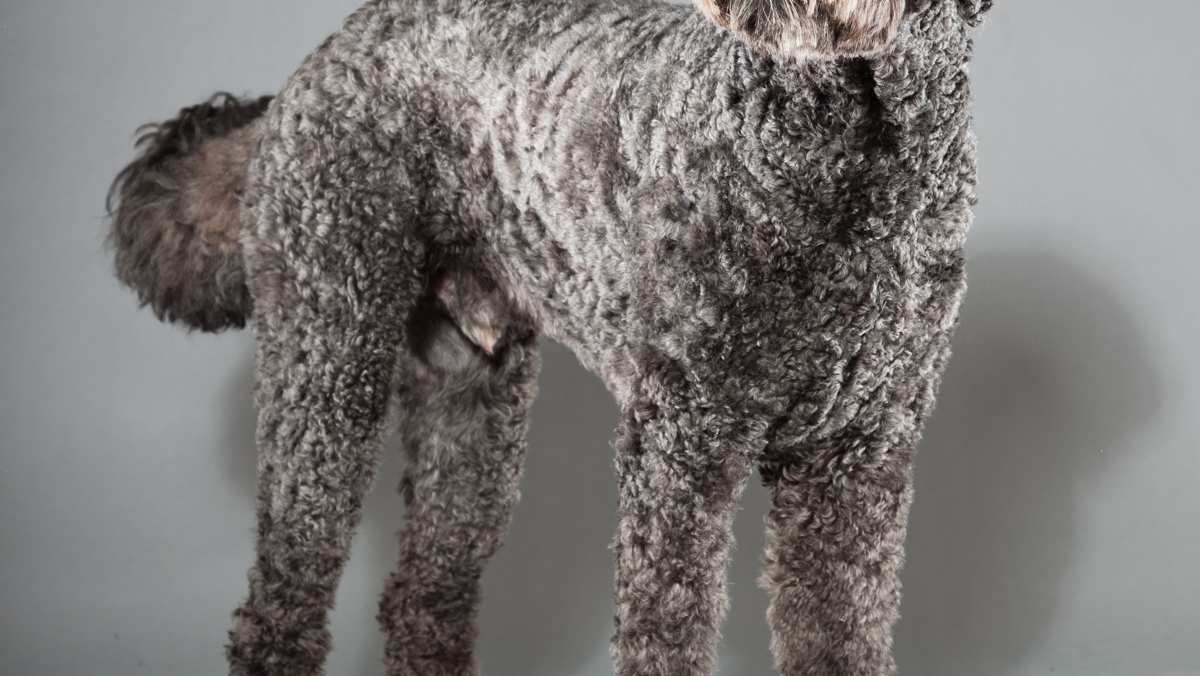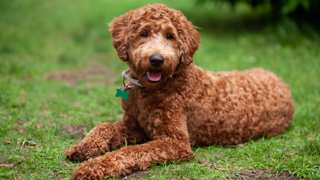Labradoodle Breed Details
Although the Labradoodle comes from two breeds that are in the Sporting and Non-sporting groups (as recognized by the American Kennel Club), this hybrid tends to be more of a companion in the United States despite the original intent of producing a hypoallergenic guide dog which would have put the Labradoodle in the Working group.
Unlike most designer dogs and recent hybrids, the Labradoodle was distinctly bred to serve a relatively singular purpose. Still, there tends to be some confusion regarding Labradoodle facts even as this hybrid has a very well-known conception and history: there is the Australian Labradoodle — which is said to be a purebred — and the American Labradoodle, which is a hybrid but is essentially an exported Australian Labradoodle line. These highly trainable, excellent guide dogs are good for those who are getting their first dog, but it should be noted that patience is required to train them well.
PROS
- Very low to non-shedding
- Highly trainable
- Extremely friendly
- Makes a great watchdog
- Great with kids
- Superb family and companion pet
CONS
- Requires lots of daily exercise
- Needs outdoor space
- Doesn't do well as a guard dog
- Coat needs constant and frequent brushing and trimming
- Can develop separation anxiety and destructive behavior if not exercised frequently and regularly
- Prone to food allergies







